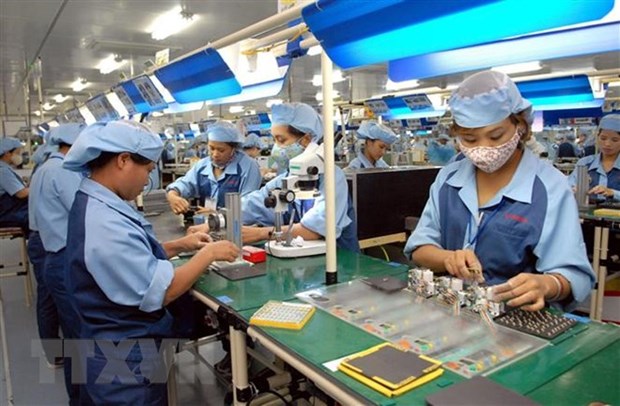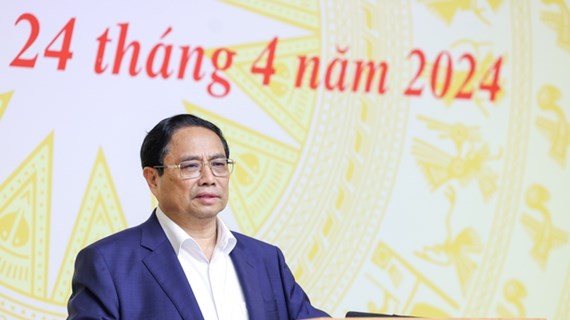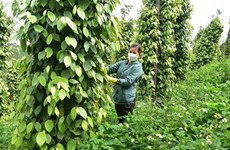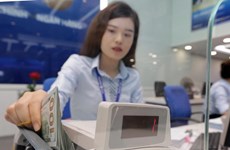Prime Minister approves plan to implement CPTPP
Prime Minister Nguyen Xuan Phuc has approved a plan to implement the Comprehensive and Progressive Agreement for Trans-Pacific Partnership (CPTPP).
 Illustrative image (Source: VNA)
Illustrative image (Source: VNA)Hanoi (VNA) – Prime Minister Nguyen Xuan Phuc has approved a plan to implement the Comprehensive and Progressive Agreement for Trans-Pacific Partnership (CPTPP).
He required ministries, ministerial-level and governmental agencies, and People’s Committees of centrally-run cities and provinces increase the dissemination of information about the CPTPP and participating countries among the public, particularly groups likely to be affected by the deal such as farmers, fishing communities, cooperatives, and businesses, especially small- and medium-sized enterprises (SMEs).
The PM asked for focus to be placed on training officials from State management agencies in fields related to commitments under the CPTPP – such as investment, services, customs, government procurement, trade protection, intellectual property, agriculture, forestry and fishery, labour, and the environment – so that they clearly and precisely understand the specific content in order to implement the deal fully and effectively.
He made the order that information on CPTPP and other FTAs that Vietnam has joined be made available for domestic firms; along with forecasts about import-export markets, technical requirements, and regulations on goods trade management of participating countries.
Other key tasks of the plan are building programmes to support and increase the competitiveness of sectors, businesses (particularly SMEs), and farmers in line with international commitments; preparing solutions to back those bearing direct and major impacts from international market fluctuations, as well as assisting Vietnamese firms to join regional and global supply, value, and production chains.
Relevant agencies must increase vocational training and science-technology application in business production, build and refine technical measures such as national standards, technical norms and rules on food safety, product origin and environmental protection in line with international commitments, to support the development of businesses and locally-made products and protect domestic consumers.
They should increase the use of early warning systems in trade protection to help export firms avoid risks in the field, as well as proactively build appropriate trade defence measures in accordance with international regulations and commitments to protect domestic production and the legitimate interests of Vietnamese enterprises.
It is necessary to focus on restructuring the industrial sector and speeding up the reshuffle of agriculture and the rural economy, while also boosting the application of modern and environmentally-friendly technologies to increase productivity in businesses, the PM noted.
He instructed the building of mechanisms to encourage foreign-invested businesses to connect with domestic firms to establish and develop joint supply chains, as well as improve the quality of human resources, especially in the fields of technology, law, and finance.
The CPTPP officially came into force in Vietnam on January 14. Its 11 member countries account for 13.4 percent of the global GDP. –VNA













